t is widely believed that plants have a positive impact on our overall health. Having plants in our surroundings can lead to cleaner air, a greater sense of calmness, and improved attention and productivity. While plants are often appreciated for their beauty, certain plants offer additional benefits beyond aesthetics.
1. Tulsi
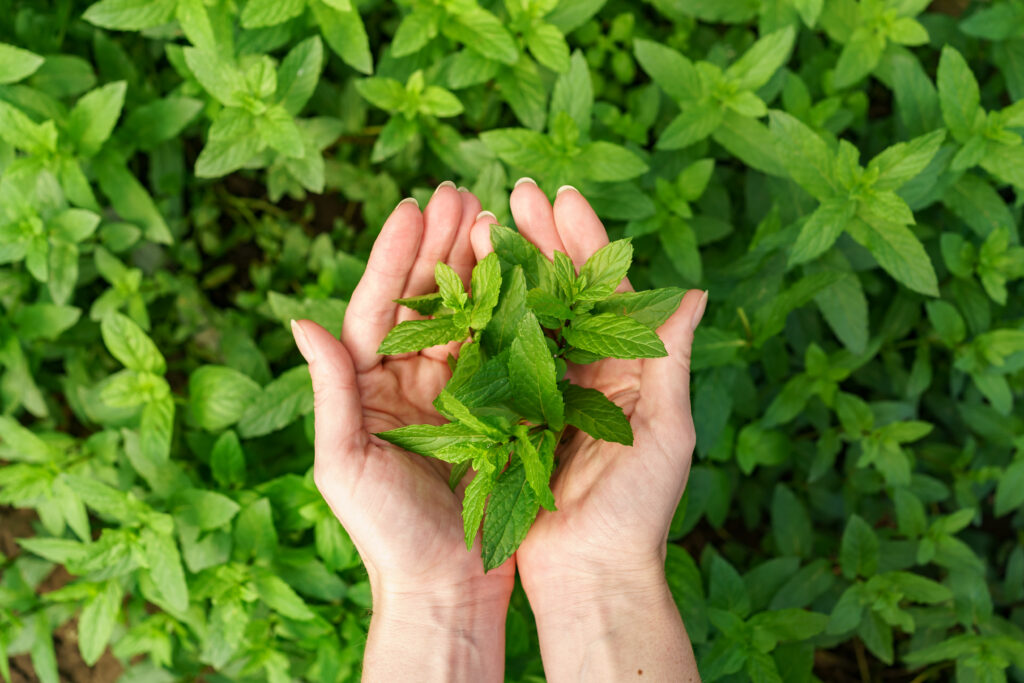
The binomial nomenclature for Tulsi is Ocimum tenuiflorum. According to Ayurvedic scriptures, there are four varieties of tulsi: Rama, Krishna, Vana, and Kapoor Tulsi. Tulsi, also known as the “queen of plants,” has long been recognized for its exceptional healing properties. Tulsi is commonly used as a herbal tea and its oil, particularly Karpoora Tulsi oil, is a popular ingredient in herbal cosmetics. The oil derived from tulsi is also effective in repelling germs and insects. Rama Tulsi is known for its effectiveness in treating serious acute respiratory syndrome. The juice of its leaves provides relief from cough, fever, bronchitis, and colds.
2. Aloe Vera
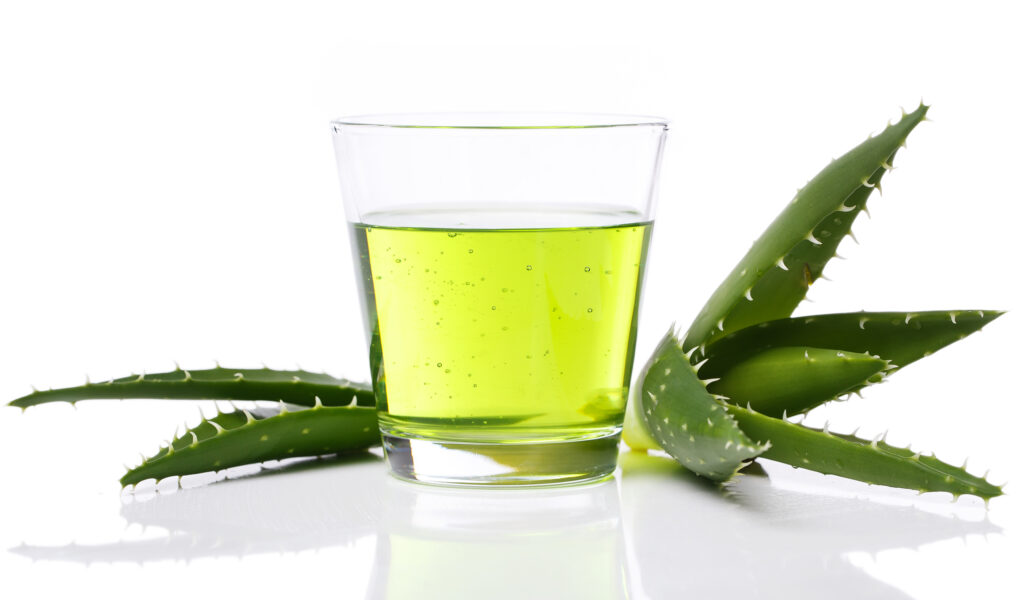
The botanical nomenclature for Aloe vera is Aloe barbadensis Mill. Aloe vera has been traditionally cultivated as an ornamental plant. Contemporary gardeners appreciate the plant for its multiple uses, including topical remedies, attractive flowers, appealing appearance, and juicy texture. Aloe vera thrives in dry or moist soil with ample sunlight. Despite its unpleasant taste, Aloe vera is edible and has nutritional value. Aloe vera juice is particularly beneficial for reducing the risk of infection and promoting healing for injuries, cuts, pain relief, and burns.
3. Gotu Kola
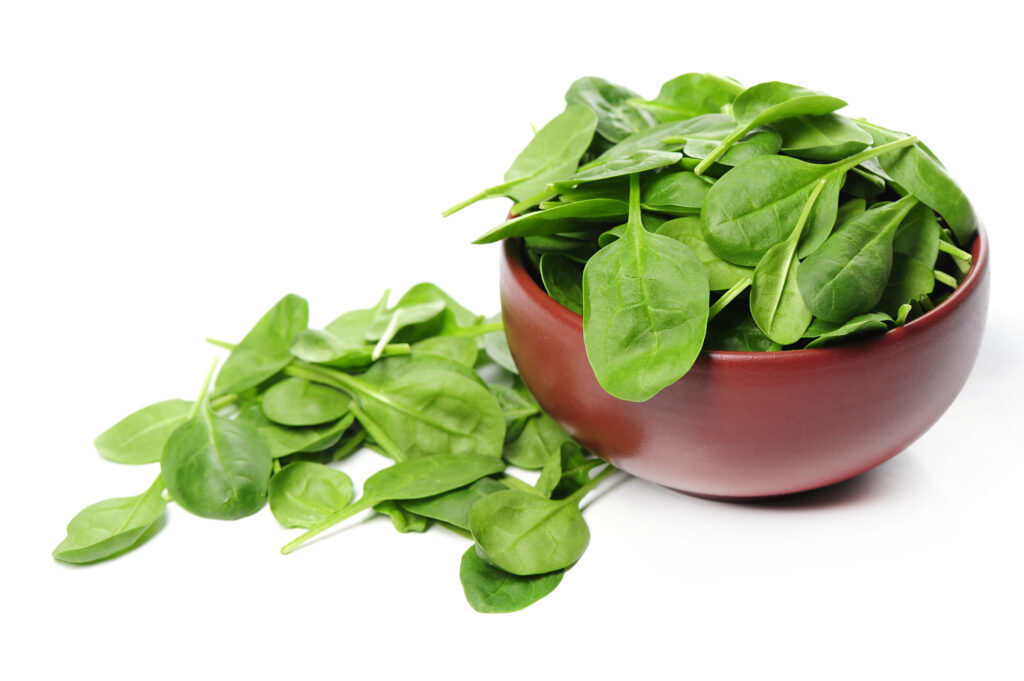
The binomial nomenclature for Gotu kola is Centella asiatica. Gotu kola is known by various names, including kodavan, Indian pennywort, and Asiatic pennywort. This plant is commonly found in tropical regions of Africa, Australia, Asia, and islands in the western Pacific Ocean. In addition to its use in traditional medicine, Gotu kola is also consumed as a vegetable in food. Gotu kola has numerous benefits for skin health, including promoting the healing of ulcers and skin injuries, reducing capillary fragility, and activating the necessary lipids and proteins for healthy skin. It also plays a role in different stages of connective tissue formation. The leaves of Gotu kola are believed to have anti-aging properties.
4. Basil

The binomial nomenclature for basil is Ocimum basilicum. Basil is not just an herb, but also a medicinal plant commonly known as giant basil or mints. This delicate plant is used in cuisines worldwide, with the sweet basil or Genovese basil variety being the most commonly used in Western food. Basil is native to tropical regions spanning from Central Africa to Southeast Asia. There are various types of basil, including sweet basil, Mrs. Burns’ Lemon basil, Thai basil, lemon basil, and African blue basil. Basil leaves are highly fragrant and add depth to a variety of delicious dishes. Despite its culinary uses, basil is often overlooked as a medicinal herb.
5. Peppermint

The binomial nomenclature for peppermint is Mentha × piperita. Peppermint has a rich history, with archaeological evidence dating its usage back at least ten thousand years, earning it the title of “the world’s oldest medicine.” Originally from Europe and the Middle East, peppermint is now cultivated worldwide, but it is rarely found in its original species in the wild. Out of the various mint plant species, peppermint is the most commonly used one. Peppermint is a natural source of manganese, vitamin A, and vitamin C. Crushed peppermint leaves can be applied topically to soothe and relax muscles. Peppermint leaves have medicinal properties and can be used to treat fevers, soothe upset stomachs, and alleviate symptoms of irritable bowel syndrome.
6. Lemon Balm

Lemon balm, originally from Iran, Central Asia, and south-central Europe, has now spread to other regions. This annual herb belongs to the mint family and can grow up to a height of 1 m. The leaves of lemon balm have a faint lemon scent. Tiny white flowers with nectar-filled blooms can be seen throughout the summer. Lemon balm leaves are used for flavoring, as an herb, and in teas. The plant attracts bees and is often used to produce honey. Lemon balm is cultivated for its oil and is also used as a decorative plant, particularly in perfumery.
7. Globe Artichoke
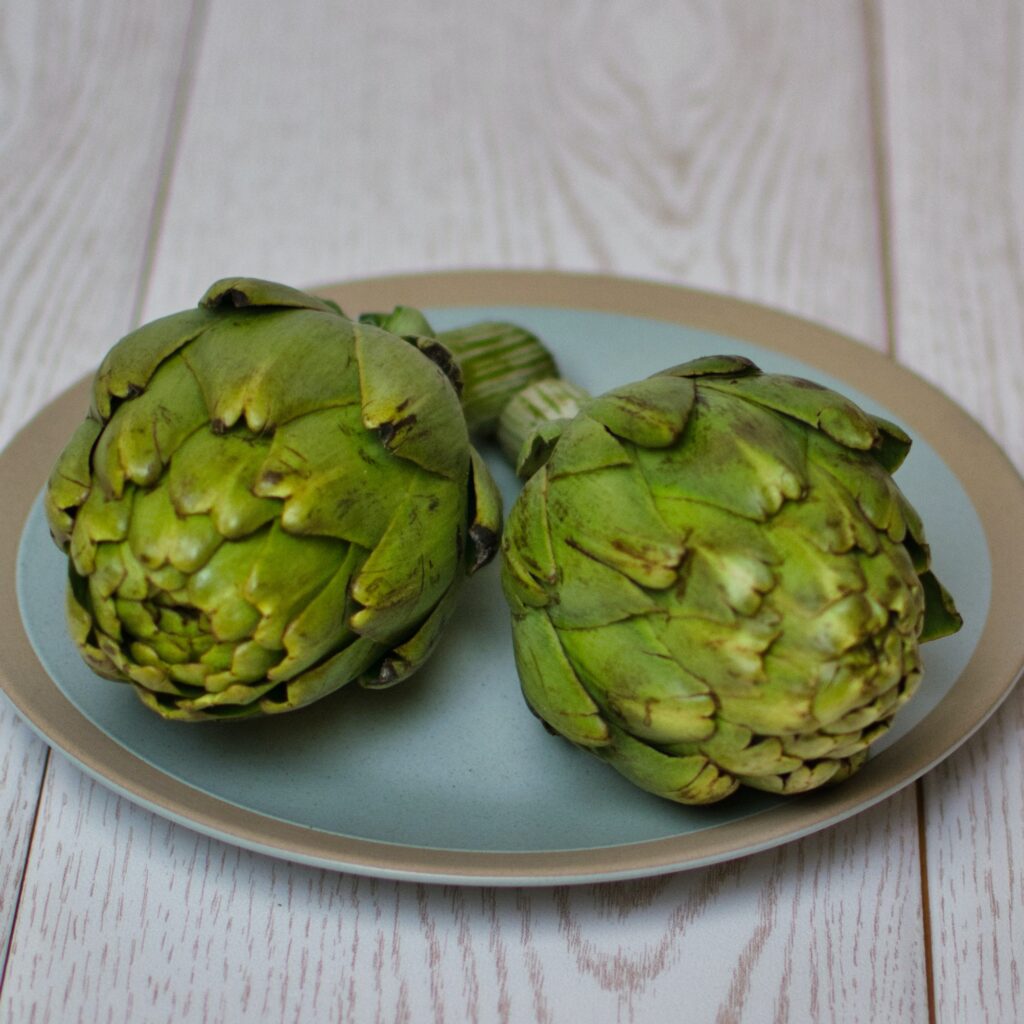
The binomial nomenclature for the globe artichoke is Cynara cardunculus var. scolymus. Globe artichoke is a type of thistle cultivated for food and is also known as French artichoke and green artichoke in the United States. The edible part of the plant is the flower buds that have not yet bloomed. Once the buds have bloomed, they become gritty and are hardly edible. Cardoon is a bitter-tasting plant that thrives in sunny conditions.Recently, cardoon has gained popularity as a medicinal plant due to the discovery of cynarin.
8. Ashwagandha
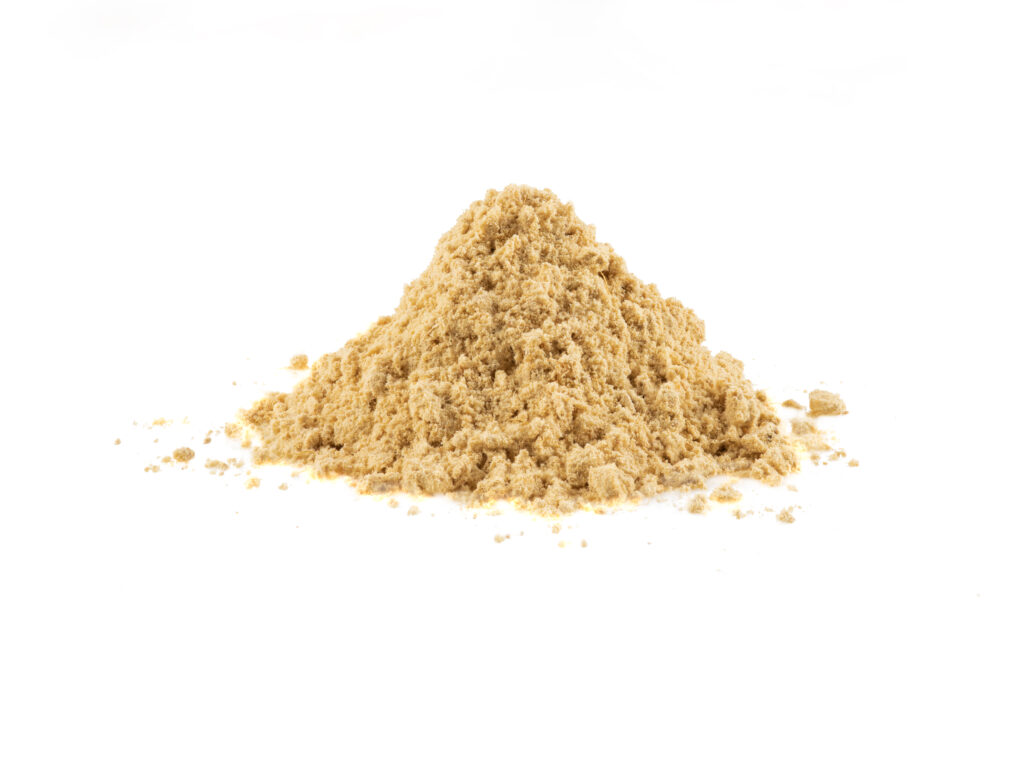
The binomial nomenclature for ashwagandha is Withania somnifera. Ashwagandha, also known as winter cherry, is an evergreen shrub found in India, the Middle East, and some regions of Africa. There are several other Withania species that have a similar appearance. While ashwagandha is offered as a nutritional supplement and used in herbalism, there is insufficient data to fully support its safety or effectiveness for treating any illness or condition. Ashwagandha is believed to have various benefits, including reducing stress and protecting the nervous system.
9. Chinese chaste tree

The binomial nomenclature for Chinese chaste tree is Vitex negundo. Chinese chaste tree is a big fragrant shrub also known as the “five-leaved chaste tree” or horseshoe vitex. The branchlets of this shrub are quadrangular and thickly white. The plant has important therapeutic advantages, including anti-inflammatory, antibacterial, and antifungal characteristics. These properties make it effective in treating skin infections and wounds. The five-leaved chaste tree is also used to treat muscle and joint pains.
10. Yellow Gentian
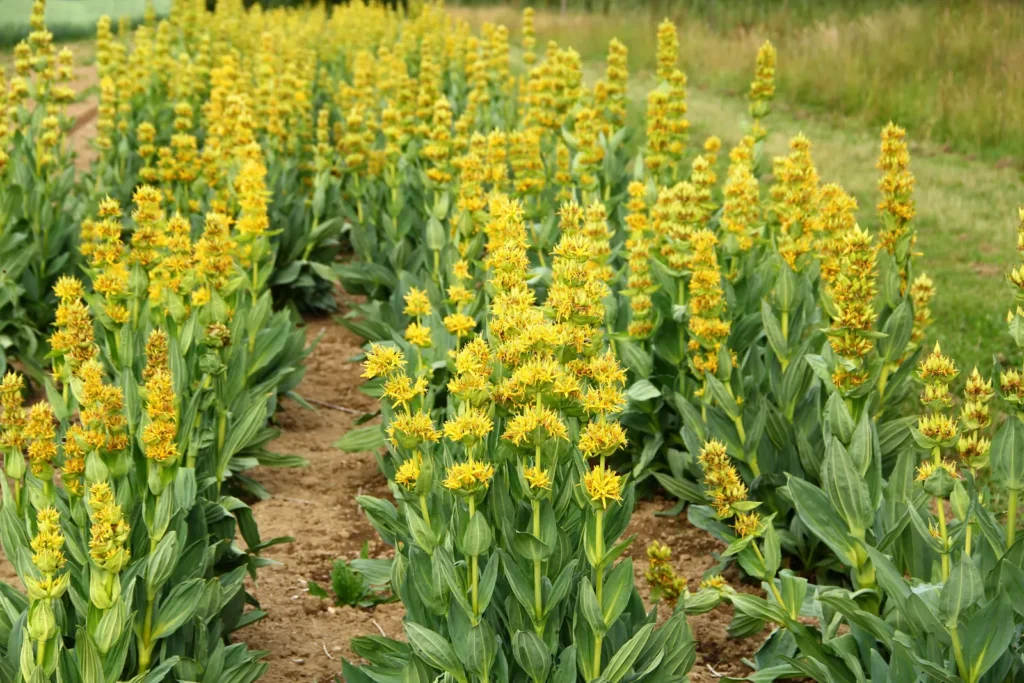
The binomial nomenclature for big yellow gentian is Gentiana lutea. The bitter root of Gentiana lutea is used to alleviate chronic illness, fatigue, and gastrointestinal problems. Gentiana lutea is an annual herb that can grow to a height of 1-3 meters. The gentian root contains secoiridoid glycosides, specifically gentiopicrin and amarogentin, which give it its bitter flavor. Gentiopicrin is a scientific reference for determining bitterness and is considered one of the most bitter natural substances.







